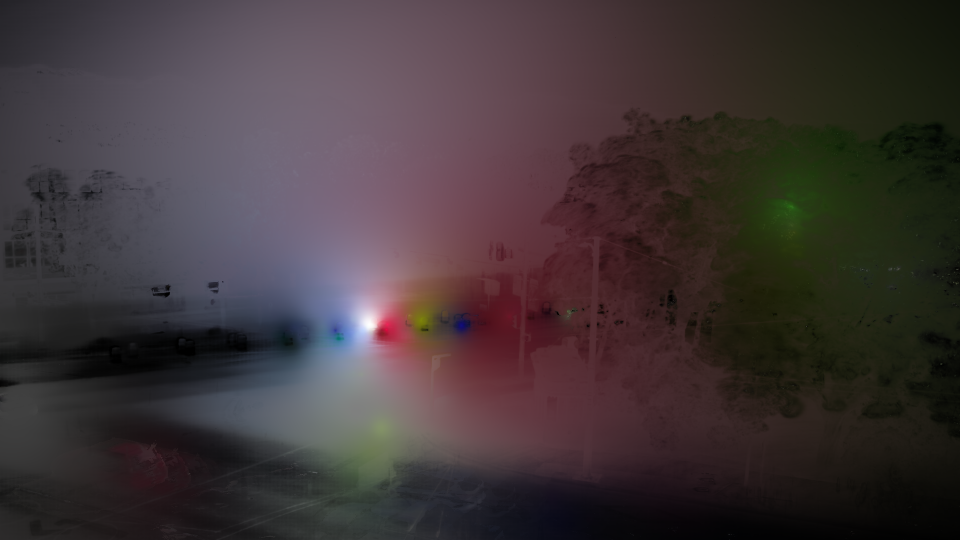Q: What is the paid fee for selected works?
A: The MPCAS fees are dependent upon the length of individual works and follow the CARFAC fee schedule which is updated yearly and can be reviewed here. Where a standardized CARFAC fee is not listed, we’ve done our best to scale equivalently. All rates are in CAD.
Works are typically programmed for six months. Compensation for selected works in our 2023 programming are as follows:
| Duration | 6mo Fee |
| Under 1 min* | $185 |
| 1-3 min* | $345 |
| 3-5 min* | $495 |
| 5-15 min | $610 |
| 15-30 min | $795 |
| 30-60 min | $860 |
| 60+ min | $920 |
* These durations are not included in the CARFAC fee schedule and are scaled internally but follow the same yearly increases suggested by CARFAC, and follow the same formula for additional months of screening past the 3-month base cost.
Q: How many works are selected in each selection round?
A: This depends; we budget approximately $8000 – $9000 for each round of programming and this has averaged out to between 12-15 works per program thus far.
Q: How often is the work juried?
A: Initially we were hoping to open the screen for two calls per year, but due to staff capacity we have decided to jury submissions annually. Please sign up for the grunt gallery newsletter, or follow the MPCAS on Instagram for announcements of when the call is opened.
Q: How long should work be?
A: This depends; a majority of submissions that we receive are whatever length they were originally intended to be. Generally we recommend considering that most people at the street level will engage with the screen for between 10-15 seconds unless something in particular catches their attention. For gifs, we’ve had success with looping for 2-3 minutes and for still images we recommend timing the image for no longer than 15 seconds before moving to the next image.
Just as a reminder, given the limited budget for this project, we request that artists don’t deliberately extend their works to fit longer durations, particularly if it affects the strength of the work itself. The goal of this project is to showcase as many works as possible and in such a competitive pool of submissions, artificially extending the work will likely impact your submission negatively.
Q: What are the screen’s tech requirements?
A: Our full tech requirements can be found here. However, as a community based screen, we recognize that not all submissions are coming from professional videographers and nor do we expect that to be reflected in the submission process. If your work is selected, we pass them to our tech manager and if there are issues with the format, we will work with you to find a solution. The screen is very forgiving; many of our submissions are filmed on phone cameras and translate well to the screen.
Q: What is the difference between a curatorial submission and an artist submission?
A: For individual artist submissions we expect single works with specific write-ups for that work. For curatorial submissions, we generally expect them to be submitted by a curator and to reflect the work of three or more artists and to include a curatorial statement explaining the connectivity between the chosen works.
Q: Is there a curatorial fee for programs?
A: Yes; we are offering a flat rate of $500 CAD for curators submitting programs. Each artist in the program will receive a separate, individual payment based upon the duration of their work.
Q: Is there a possibility of including sound via a QR code?
A: Unfortunately, we cannot offer this as a solution for works that are heavily reliant on sound; posting placards for the screen on either the Kingsway Mall property or sidewalk requires a long process that we cannot presently facilitate.
Q: If my work is selected for the screen, am I allowed to apply for other festivals/screens while it’s playing?
A: Yes! We do not require exclusivity to screening rights. If your work is selected at other venues and screening with us becomes a conflict, we’re happy to work with artists to find the best solution.
Image: A diffraction of past/stability and present/dynamism (still) by Ben Bogart, video, 2021.
